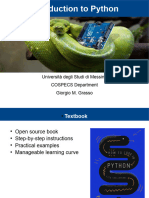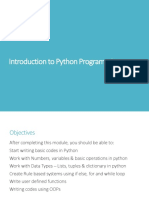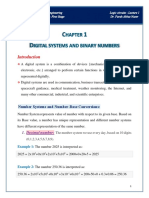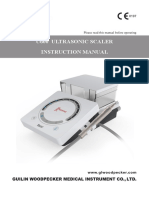0% found this document useful (0 votes)
54 views64 pagesPython Programming Essentials
This document is a chapter from a programming course focused on Python basics, covering essential programming concepts, syntax, and semantics. It explains the importance of Python as a high-level programming language and introduces various programming tokens, data types, and operators. Additionally, it outlines learning outcomes and provides insights into problem-solving using Python, including debugging and testing simple programs.
Uploaded by
sami21.good.badCopyright
© © All Rights Reserved
We take content rights seriously. If you suspect this is your content, claim it here.
Available Formats
Download as PDF, TXT or read online on Scribd
0% found this document useful (0 votes)
54 views64 pagesPython Programming Essentials
This document is a chapter from a programming course focused on Python basics, covering essential programming concepts, syntax, and semantics. It explains the importance of Python as a high-level programming language and introduces various programming tokens, data types, and operators. Additionally, it outlines learning outcomes and provides insights into problem-solving using Python, including debugging and testing simple programs.
Uploaded by
sami21.good.badCopyright
© © All Rights Reserved
We take content rights seriously. If you suspect this is your content, claim it here.
Available Formats
Download as PDF, TXT or read online on Scribd
/ 64


















































































